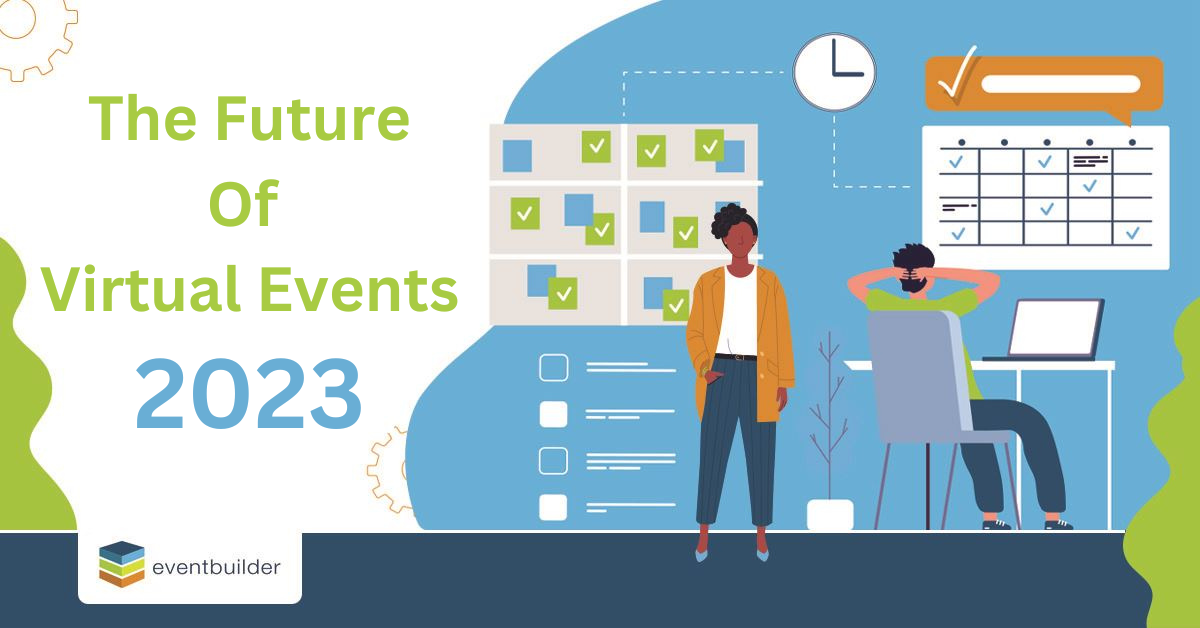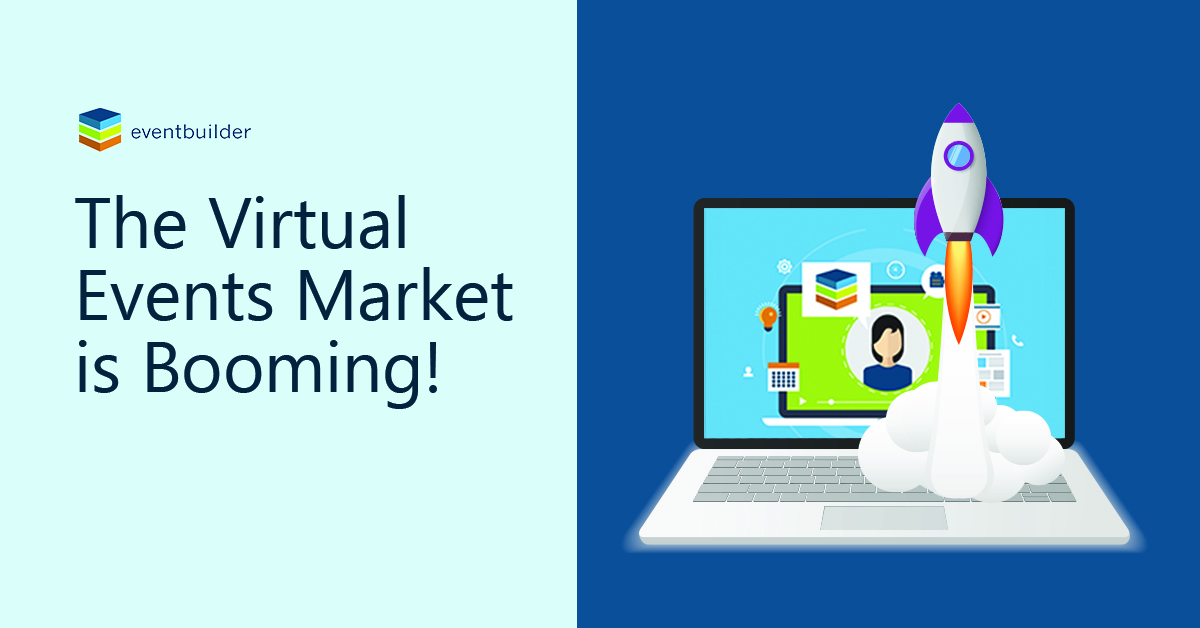10 Essential Steps to Planning a Virtual Event That Wows Attendees
Does virtual event planning feel a tad overwhelming? Please believe us when we say: You're not alone! A well-executed virtual event may look simple, but navigating the planning process can be daunting. While it's true that virtual audiences have high expectations, however, you can create a successful and truly memorable event. Let's break it down for you in 10 easy-to-follow steps. Read on!
Step 1: Define Your Goals and Objectives
Before you dive into the deep end of virtual event logistics, it's crucial to establish what you want to achieve with your event. Are you looking to generate leads, educate your audience, or foster company or community engagement? Clear objectives will serve as your foundation, guiding your decisions throughout the planning process.
Step 2: Identify Your Target Audience
Understanding your audience is a make-or-break success factor; it's the key to creating event content that resonates. When narrowing down your target audience, consider demographics, interests, and pain points. Gathering this knowledge helps you tailor your content, select the right speakers, and create an overall experience that appeals to them.
Step 3: Choose the Right Event Platform
The absolute foundation of your event's success: your virtual event platform. As you well know, it's where your attendees interact, consume content, and network. Choose a platform that aligns with your goals, budget, technical capabilities, and capacity. Look for features like customizable registration options, interactive tools, and robust analytics.
Already using Microsoft Teams? Check out our blog post, "How to Choose the Right Microsoft Teams Meeting Type For Your Event" and find the best option for your use case.
Step 4: Craft Engaging Content
They say content is king; that's true for virtual world as well. Develop and curate event programming and content that's informative, entertaining, engaging, and relevant to your target audience. Try a variety of formats, such as keynote presentations, panel discussions, workshops, and offer interactive sessions, such as focused breakout rooms, to keep attendees engaged and attentive.
Step 5: Choose Dynamic Speakers
A boring, dry delivery by your chosen speaker is a virtual event killer - yawn central for your attendees - and you'll lose them fast. By choosing interesting, passionate, knowledgeable and engaging presenters, your chances of a successful event increase significantly.
Pro-tip: Virtual experience matters! Make sure your speaker is comfortable presenting to a virtual audience and can connect with them effectively.
Step 6: Promote Your Event Effectively
You want people to show up, right? It won't matter how amazing your event is if nobody shows up! Develop a multi-channel event marketing strategy to reach your target audience. Leverage social media, email marketing, paid advertising, and event partnerships / sponsors to help you spread the word!
Step 7: Plan for Technical Rehearsals
Tech is a make-or-break for your event; glitches can derail even the most well-planned virtual event. Conduct thorough rehearsals with your speakers, moderators, and technical team to ensure a smooth delivery and seamless experience for your attendees.
Step 8: Foster Engagement and Interaction
Gone are the days of passive virtual event content consumption! Simply broadcasting your content to a silent audience won't get you closer to your event success goals. In today's event landscape, it's all about creating opportunities for attendees to interact, network, and participate. Incorporate live polls, Q&A sessions, chat features, and virtual breakout rooms to encourage engagement.
Step 9: Provide Outstanding Technical Support
Have a compassionate, friendly, and dedicated support team at-the-ready in the time leading up to and during your event to address any issues that may arise. Minimizing disruptions keeps the event running smoothly, and goes a long way toward providing a positive experience for attendees.
Step 10: Gather Feedback and Analyze Results
Post-event surveys are by far one of the most valuable methods for measuring success and gathering feedback. Analyze the data to hone in what worked, what didn't, and leverage the information you receive to identity where you can improve, make data-driven decisions for future event programming, and prove ROI.
Bonus Tip: Follow-Up is KEY
Keep the momentum going after your wildly successful event by sending out follow-up emails with recordings, presentations, and other valuable resources. This helps you solidify the connections and leads you've made, and well as extending the life of your content.
Putting it All Together!
Delivering a virtual event that truly grabs the attention of your audience requires careful planning and execution. Follow these 10 essential steps, utilize the right tools and resources, leverage the data you gather to take the next big steps, and you'll create the kind of memorable and impactful experience your attendees crave.
 For more in-depth content on this subject, check out our
For more in-depth content on this subject, check out our
Virtual Event Planning and Strategy Learning Hub
Support Every Step of the Way: EventBuilder
We've got your back! Our experienced virtual event pros offer you guidance and support, helping you streamline the planning process with comprehensive services and software, including registration, automation, engagement tools, and world-class support to deliver a virtual event that far exceeds expectations. Get started with us today!
You May Also Like
These Related Stories

The Future of Virtual Events 2023 - *Updated*

2020 and the State of Virtual Events





No Comments Yet
Let us know what you think